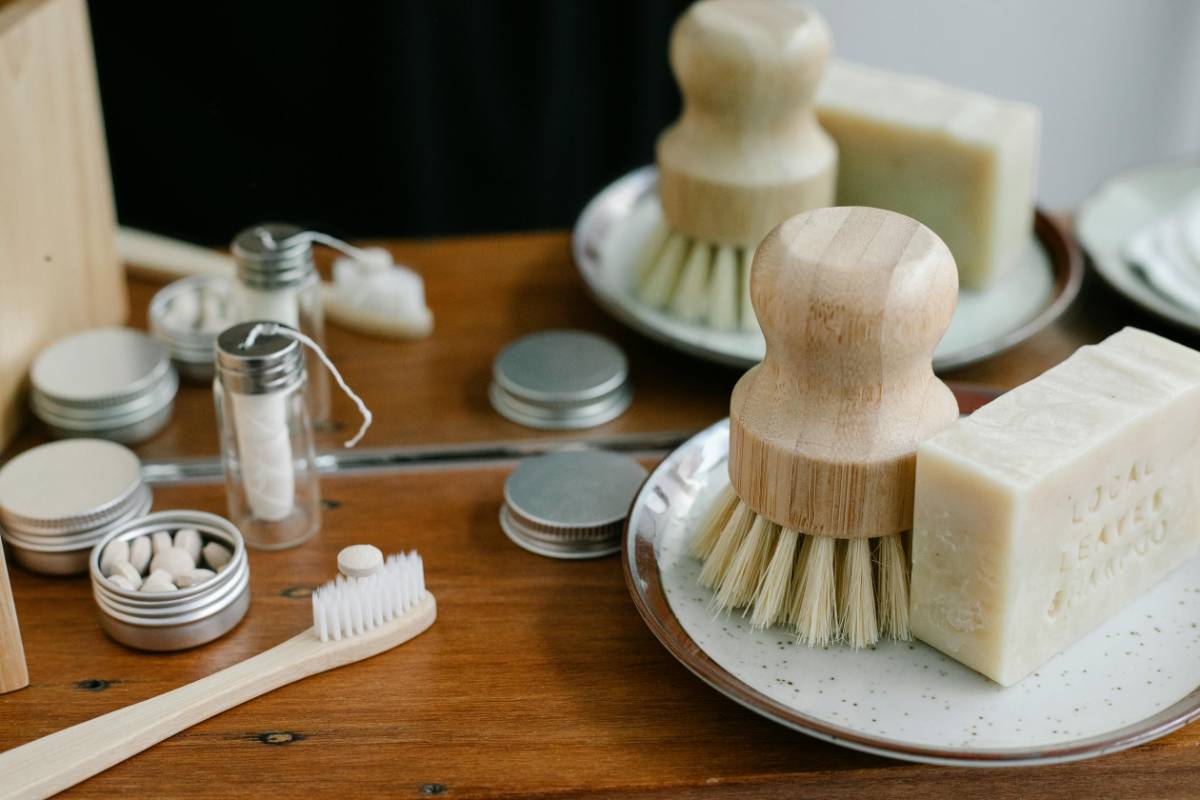Understanding the Sodium Content in Processed Foods

3 min read
|15 Mar 2025Processed foods are convenient and often tasty, but they can also be high in sodium, which poses health risks. Sodium, primarily in the form of salt, is used in processed foods for flavor enhancement, preservation, and texture improvement. Understanding the sodium content in these foods is crucial for making healthier dietary choices and maintaining overall health. This article delves into the sodium content in processed foods, the reasons behind it, and strategies for managing your sodium intake.
Why Processed Foods Contain High Levels of Sodium
Preservation: Sodium acts as a preservative by inhibiting the growth of bacteria, molds, and yeast. This extends the shelf life of processed foods, making them more convenient for storage and distribution.
Flavor Enhancement: Sodium enhances the flavor of foods, making them more appealing. It can mask bitterness and enhance sweetness, which is why it's often added to processed foods to improve taste.
Texture Improvement: Sodium helps improve the texture of processed foods. It can affect the consistency and mouthfeel of products like canned soups, deli meats, and frozen meals, contributing to a more enjoyable eating experience.
Types of Processed Foods High in Sodium
Canned Soups and Vegetables: Canned soups and vegetables often contain added salt for flavor and preservation. Even if they are labeled as “low sodium,” they may still contain significant amounts of sodium.
Packaged Snacks: Many packaged snacks, including chips, pretzels, and crackers, have high sodium content. Salt is used to enhance flavor and extend shelf life.
Frozen Meals: Frozen dinners and convenience meals can be high in sodium, as salt is added to enhance flavor and preserve the food. Check labels carefully to assess sodium levels.

Processed Meats: Deli meats, sausages, and bacon often contain added sodium for preservation and flavor. These products can be significant sources of sodium in the diet.
Sauces and Condiments: Sauces, dressings, and condiments such as soy sauce and ketchup are often high in sodium. They are used to add flavor to meals, but they can contribute to excessive sodium intake.
How to Manage Sodium Intake from Processed Foods
Read Nutrition Labels: Check the nutrition labels on packaged foods to determine their sodium content. Look for products labeled as “low sodium” or “reduced sodium” to help manage your intake.
Opt for Fresh and Whole Foods: Incorporate more fresh fruits, vegetables, and whole grains into your diet. These foods are naturally low in sodium and can help balance out the sodium content from processed foods.
Prepare Meals at Home: Cooking at home allows you to control the amount of sodium in your meals. Use herbs, spices, and other flavor enhancers instead of salt to season your food.
Choose Low-Sodium Alternatives: Many processed foods have low-sodium versions available. Opt for these alternatives when possible to reduce your sodium intake without sacrificing convenience.
Be Mindful of Portion Sizes: Even when consuming processed foods, be mindful of portion sizes. Smaller portions can help limit the amount of sodium you consume while still enjoying the convenience of these foods.
Stay Hydrated: Drinking plenty of water can help your body flush out excess sodium and maintain proper fluid balance. Aim to drink at least eight glasses of water per day to support overall health.
Understand Serving Sizes: Be aware of serving sizes on nutrition labels. The sodium content listed is typically per serving, so be cautious of portion sizes to avoid consuming excessive sodium.
Incorporating these strategies into your routine can help you manage sodium intake and make healthier dietary choices. By understanding the sodium content in processed foods and opting for fresh and whole food alternatives, you can maintain a balanced diet and support overall health. Paying attention to nutrition labels, choosing low-sodium options, and preparing meals at home are key steps in reducing sodium consumption and improving your well-being.
MORE ARTICLES

5 min read | 16 Apr 2025
Combining Nutrition, Exercise, and Personal Care for a Healthier Lifestyle
Achieving a healthier lifestyle involves a harmonious balance of nutrition, exercise, and personal care. Each component plays a crucial role in enhancing overall well-being, and integrating them effectively can lead to optimal health outcomes. Here’s how you can combine these elements to support a healthier lifestyle.

2 min read | 15 Apr 2025
How to Maintain Your Personal Care Routine While Achieving Fitness Goals
Maintaining a personal care routine while striving to achieve fitness goals can be challenging but is essential for overall well-being. Balancing personal care with your fitness regimen not only helps in achieving better results but also ensures that you stay healthy and refreshed throughout your journey. Here’s how you can effectively manage your personal care routine while focusing on your fitness goals.

2 min read | 14 Apr 2025
Effective Weight Loss Workouts and Healthy Eating Practices for Busy Schedules
Maintaining a healthy lifestyle while juggling a busy schedule can be challenging, but it’s possible with the right strategies. Effective weight loss workouts and healthy eating practices are essential for achieving and sustaining your fitness goals. Here’s a guide to help you stay on track with your weight loss journey even with a hectic lifestyle.

2 min read | 13 Apr 2025
How to Choose the Right Skincare Routine for Your Fitness Lifestyle
Choosing the right skincare routine to complement your fitness lifestyle is essential for maintaining healthy, glowing skin. Regular exercise can benefit your skin, but it also requires a skincare routine that addresses the unique needs that come with an active lifestyle. Here’s a guide to help you select the best skincare routine for your fitness-oriented life.

3 min read | 12 Apr 2025
The Connection Between Mental Health, Personal Care, and Weight Loss
The connection between mental health, personal care, and weight loss is complex and multifaceted. Understanding how these elements interact can help you create a more holistic approach to achieving and maintaining a healthy weight. Here’s a look at how mental health and personal care impact weight loss and ways to address these connections.

3 min read | 11 Apr 2025
Top Weight Loss Tips for Busy Individuals: Balancing Diet and Exercise
Balancing diet and exercise can be challenging, especially for busy individuals with hectic schedules. However, achieving weight loss goals while managing a busy lifestyle is possible with the right strategies. Here are some top weight loss tips for busy individuals to help you stay on track with both diet and exercise.
RECENT POSTS
1
How to Use Infused Water for Better Hydration
5 min read | 03 Mar 20252
The Role of Electrolytes in Hydration
5 min read | 02 Mar 20253
Hydrating Foods to Include in Your Diet
4 min read | 01 Mar 20254
How to Identify and Combat Dehydration
6 min read | 28 Feb 20255
Benefits of Drinking Water Before Meals
5 min read | 27 Feb 20256
How Much Water Should You Drink Each Day?
4 min read | 26 Feb 2025MORE POSTS

The Role of Hydration in Personal Care
4 min read | 04 Mar 2025
How to Maintain Healthy Nails: Tips and Tricks
2 min read | 03 Mar 2025
Choosing the Right Sunscreen for Your Skin Type
4 min read | 02 Mar 2025
The Benefits of Regular Facials and How to Do Them at Home
2 min read | 01 Mar 2025
Essential Grooming Tips for Men
3 min read | 28 Feb 2025




